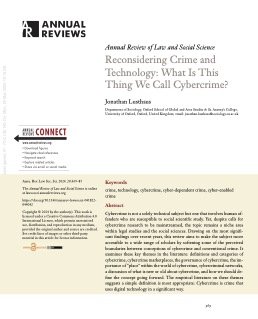By Robynn S Cox, Jamein P. Cunningham
We estimate the effectiveness of the Edward Byrne Memorial State and Local Law Enforcement Assistance Program, a grant program authorized under the 1988 Anti-Drug Abuse Act to combat illicit drug abuse and to improve the criminal justice system, on racial bias in policing. Funds for the Byrne Grant program could be used for a variety of purposes to combat drug crimes, as well as violent and other drug related crimes. The event-study analysis suggests that implementation of this grant resulted in an increase in police hiring and an increase in arrests for drug trafficking. Post-treatment effect implies a 107 percent increase in white arrests for drug sales compared to a 44 percent increase for blacks 6 years after the first grant is received. However, due to historical racial differences in drug arrests, the substantial increase in white drug arrest still results in large racial disparities in drug arrests. This is supported by weighted least squares regression estimates that show, for every $100 increase in Byrne Grant funding, arrests for drug trafficking increased by roughly 22 per 100,000 white residents and by 101 arrests per 100,000 black residents. The results provide strong evidence that federal involvement in narcotic control and trafficking lead to an increase in drug arrests; disproportionally affecting blacks
Journal of Policy Analysis and Management, Volume 40, Issue 1, Winter 2021, Pages 191-224





















